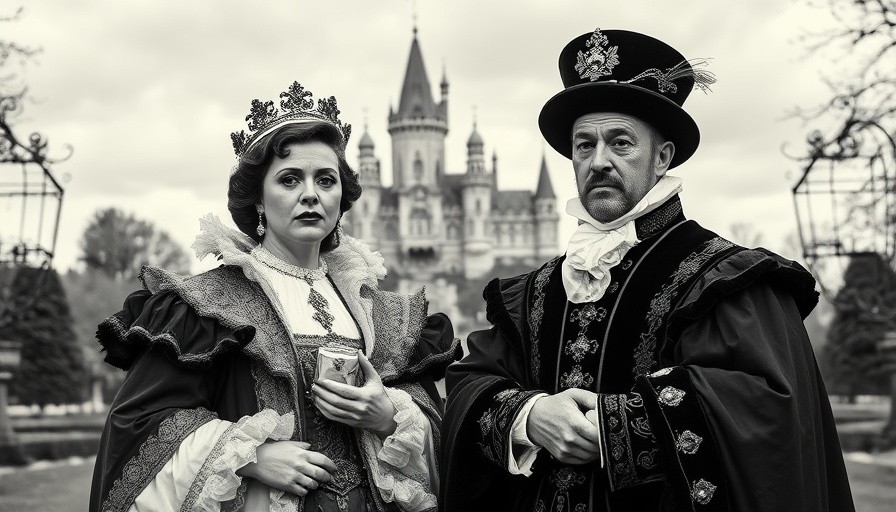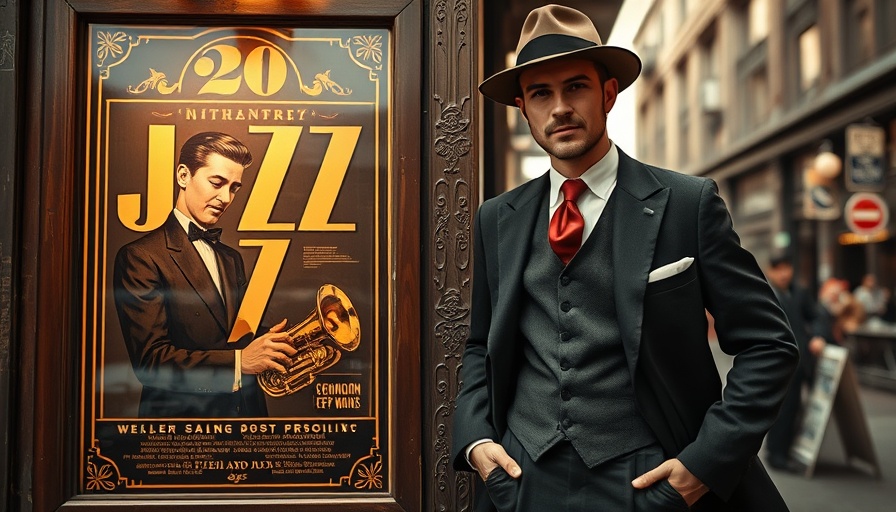
Shakespeare in the Park: A Legacy of Public Access
Every summer in New York City, Shakespeare in the Park serves as a reminder of how art can transcend barriers and bring communities together. This initiative, spearheaded by theater visionary Joseph Papp, started from modest beginnings in a small East Village basement. It has now blossomed into one of the city’s most cherished traditions, offering free performances of Shakespeare's timeless works in Central Park to audiences of all walks of life.
Papp’s Rivalry with Robert Moses
However, this flourishing artistic endeavor faced fierce opposition from the formidable city planner Robert Moses. Their conflict highlights not just a clash of personalities but also reveals deeper societal themes about access to culture in urban spaces. Moses, known for his ambitious urban development projects, often prioritized infrastructure over the arts, creating an uphill battle for advocates like Papp who sought to elevate public access to culture. In responding to Moses’ focus on concrete and highways, Papp became a champion for arts accessibility.
The Impact on Public Theater
The story of Shakespeare in the Park is more than just Papp's triumph; it's a testament to the influence of public theater across America. Papp successfully built a space where everyone—from the seasoned theatergoer to someone visiting for the first time—could engage with Shakespeare’s works under the stars. This democratization of the arts not only enriched local culture but also served as a model for similar initiatives nationwide, demonstrating how public arts can enhance community cohesion.
Continuing the Conversation About Culture
Even today, the legacy of Papp and this summer tradition prompts us to examine the importance of public art in urban environments. As we debate future city projects, remembering the cultural significance of initiatives like Shakespeare in the Park can guide us towards inclusive city planning that values the arts.
Why It Matters Now More Than Ever
As audiences flock to upcoming performances, the saga of Joseph Papp and Robert Moses underscores a critical discussion in our society: how can we prioritize access to culture in increasingly urbanized settings? Engaging with this history allows us to appreciate the arts as not just leisure but a vital component of our shared humanity.
As you reflect on this storied legacy, consider how you might support public art initiatives in your community. Advocating for spaces that foster creativity and expression is instrumental in shaping vibrant, inclusive cities.
 Add Row
Add Row  Add Element
Add Element 



Write A Comment